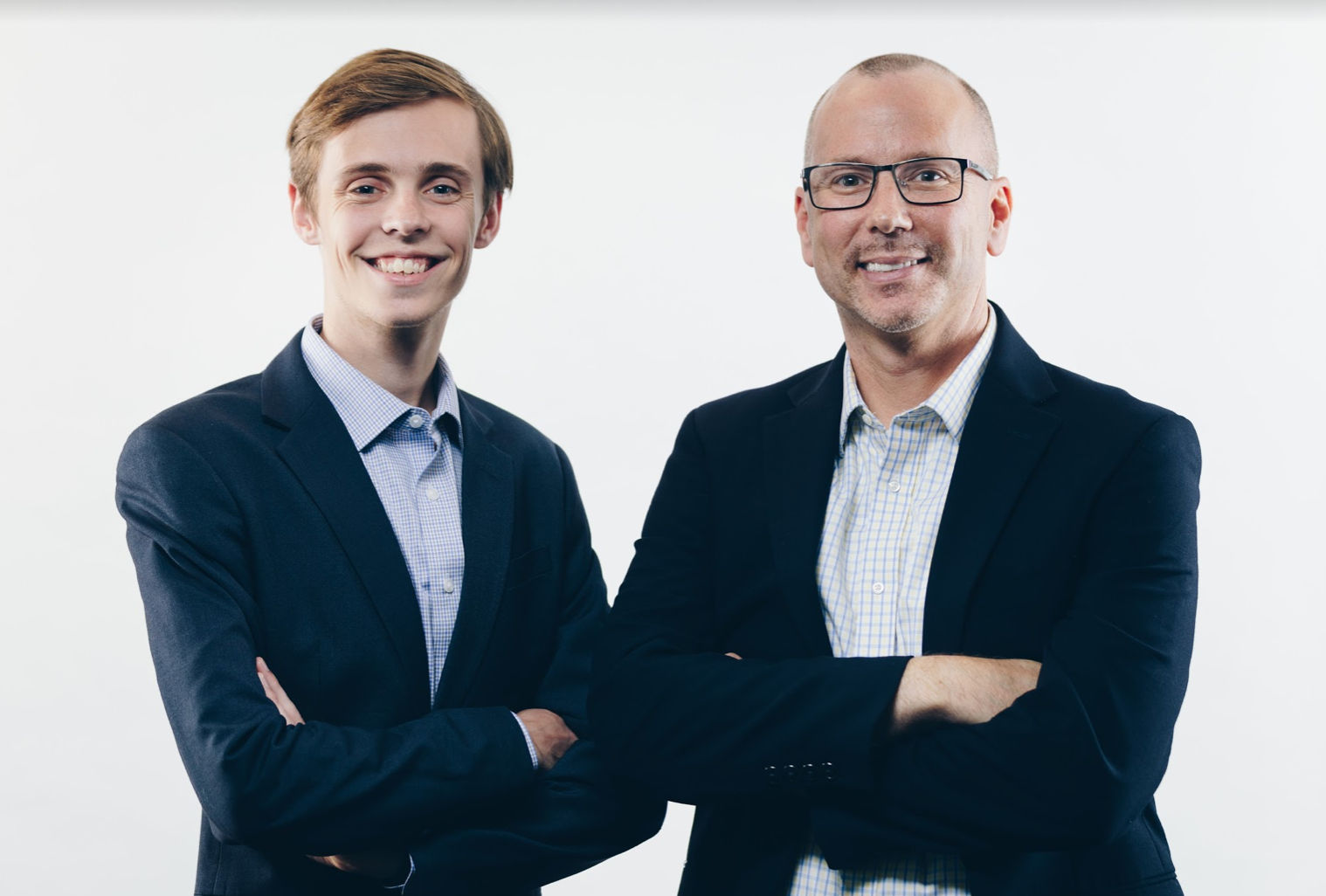Trent Stubbs, a native of Roswell, Georgia, decided to come to Furman because he “wanted to do some hands on science and Furman had the capabilities of providing that.” Now, beginning his senior year with two patents in hand, Stubbs has surpassed even his own high expectations.
Stubbs has worked in Dr. Greg Springsteen’s chemistry lab since his sophomore year. His’ work, Stubbs says casually, focuses on “understanding the origins of life.”
“Take something like the citric acid cycle, for example,” Stubbs explains. “If we can understand how it works and why it is in every living thing, maybe we [can] understand the origins of life.” After years of work, which Stubbs described as “quick” in the world of science, he and Dr. Springsteen accomplished a groundbreaking achievement when they were able to “complete the first demonstration of recapitulating the citric acid cycle outside of a biological system.”
“That was pretty amazing,” Stubbs said when reflecting on their breakthrough. “It motivated me to keep wanting to move forward.” For Stubbs and Dr. Springsteen, who Stubbs described as a professor who provides “the perfect level of mentorship,” that meant applying for Furman’s first ever chemistry patents. So, in March of 2019, the pair applied for composition of matter and methodology provisional patents. When reflecting on his work with Stubbs, Springsteen—who has collaborated with Nobel prize winners and members of the U.S. National Academy of Sciences—commented that Stubbs is “one of the most creative people I have ever met.”
Since then, Stubbs and Springsteen—now not only student and teacher, but also disc golf buddies and business partners—have founded Aconabolics, a chemical company that specializes in “the synthesis of organic acids, ketoacids, and amino acids for pharmaceutical/materials research and metabolic analysis.” Currently, they are in the “commercialization phase” of their project. Working with entrepreneurial support groups in Greenville, including NextSC and the South Carolina Research Authority, Stubbs and Springsteen have begun to seek out users and chemical distributors who are interested in purchasing their compounds.
Talking business, Stubbs explains that “coming out of an academic lab, there is a lot to learn as far as industry goes.” Together, he and Springsteen have begun to learn about everything from how to fundraise for a start-up to shipping regulations for chemicals required by the federal government.
Though at times a laborious process, Stubbs and Springsteen are both motivated to convert their scientific achievement into a practical product and business in large part because of its capability to help people in their everyday lives. In fact, the potential benefits of Stubbs and Springsteen’s discovery speaks for themselves. From helping breweries identify new flavors of beer on a cellular level to providing earlier, cheaper diagnostics of cancer, the applications of Stubbs and Springsteens’ non-biological production of C13 metabolites are nearly endless.
Understanding the science of metabolic flux analysis—the field in which Stubbs and Springsteen work—is difficult, but Stubbs explains it like this: “Imagine how the FBI catches a criminal. They might take a GPS tracker, put it on a car, watch the car go through the city, and then bust the criminal. That is essentially what people can do with these metabolites. They can feed them to a cell, track them, and then based on the metabolites’ pathways it is possible to diagnose any kind of irregularity.”
Though it sounds complicated, Stubbs ensures that these are the layman’s terms. And perhaps, that is what is most incredible about Stubbs’ achievement; despite his success, Stubbs remains humble and patient enough to explain chemistry concepts to a curious reporter. Moreover, in the course of our conversation Stubbs says his discovery was “lucky” and emphasizes that he has been “fortunate enough to have the opportunity to discuss his work with people at NSF and NASA,” an experience he describes as “super humbling… because they are the geniuses, they are the top of the field.”
Recently named a Furman Fellow, CO-CEO of his own company, and with aspirations of working for a pharmaceutical company after graduate school, Stubbs still finds the time to manage a tutoring program for chemistry students and mentor middle schoolers in Greenville County. As for those who wants to follow in his footsteps, Stubbs has a few recommendations: have fun, seize every opportunity, and always push ideas forward beyond the walls of the lab or the classroom.
